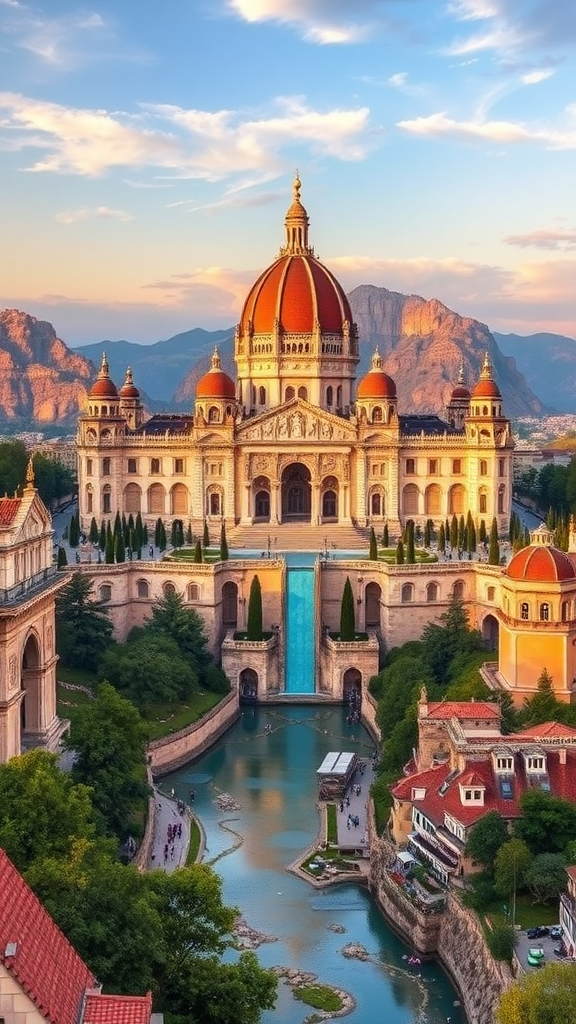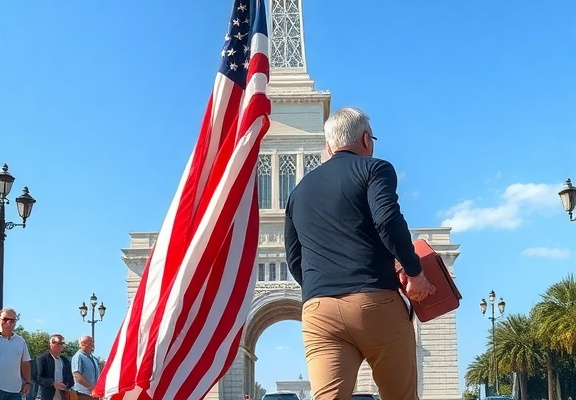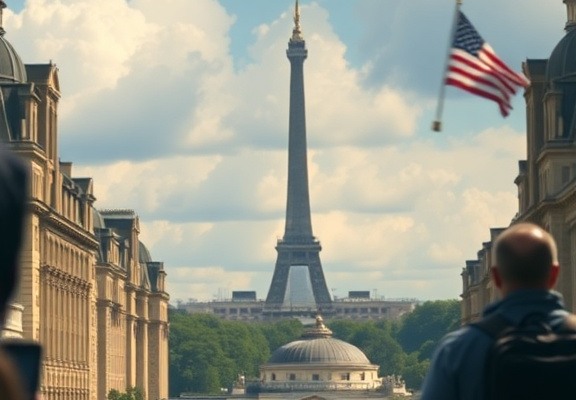Exploring the Legacy of the 50 Greatest Man-Made Wonders of the World
Across continents and cultures, human ingenuity has crafted remarkable landmarks that tell stories of ambition, creativity, and determination. The 50 greatest man-made wonders of the world showcase the extraordinary capacity of people to shape the environment, challenge the elements, and defy time itself. From ancient constructions to modern marvels, each wonder offers a glimpse into the history, culture, and craftsmanship of the civilization that created it.
Thank you for reading this post, don't forget to subscribe!1. The Great Wall of China
The Great Wall stretches over 13,000 miles and has its origins in ancient China. This massive structure was built to protect against invasions and symbolizes the strength and resilience of Chinese civilization. Walking its path allows visitors to experience breathtaking landscapes and understand the effort behind this monumental achievement.
2. The Pyramids of Giza
Among the most iconic structures, the Pyramids of Giza stand as a testament to ancient Egyptian civilization. Built as tombs for pharaohs, these pyramids reflect exceptional geometric precision and monumental ambition. The Great Pyramid, the largest of the three, was the tallest man-made structure in the world for over 3,800 years.
3. Machu Picchu
Nestled high in the Andes Mountains, Machu Picchu is often referred to as the “Lost City of the Incas.” Rediscovered in 1911, it reveals the architectural brilliance and advanced agriculture of the Inca civilization. Visitors are captivated by its terraces, temples, and panoramic views that highlight mankind’s connection with nature.
4. The Colosseum
The Roman Colosseum, an incredible arena of ancient Rome, hosted gladiatorial contests and public spectacles. It remains a symbol of architectural innovation, showcasing the Romans’ advanced engineering techniques like the use of arches and concrete. Its grand scale invites millions of tourists every year, eager to walk in the footsteps of history.
5. The Eiffel Tower
A symbol of Paris, the Eiffel Tower represents the artistic spirit of the 19th century. Designed by Gustave Eiffel, this iron structure was initially met with skepticism but has since become one of the most recognizable landmarks worldwide. Its nightly illumination and stunning views attract millions, embodying romance and innovation.
6. The Taj Mahal
The Taj Mahal, an exquisite mausoleum completed in the 17th century, is celebrated for its stunning beauty and intricate details. Built by Emperor Shah Jahan in memory of his wife Mumtaz Mahal, it exemplifies Mughal architecture and tells a poignant love story. The shimmering white marble glimmers under the sun, captivating all who visit.
7. Petra
This ancient city carved into rose-colored rock is a remarkable feat of architecture and engineering. Petra’s elaborate facades and extensive water conduit system showcase the ingenuity of the Nabataean people. It remains a vital cultural site and a UNESCO World Heritage site, drawing travelers interested in ancient history.
8. Christ the Redeemer
Standing tall over Rio de Janeiro, Christ the Redeemer has become an emblem of Brazil. This towering statue of Jesus Christ is not only a dazzling piece of art but also represents peace and acceptance. Visitors are awed by its scale and the sweeping views of the city below.
9. The Sydney Opera House
The Sydney Opera House is a contemporary architectural marvel with its sail-like design. Completed in 1973, it has become synonymous with Australia’s cultural scene. It integrates art and nature, situated by the harbor, and remains a premier venue for performance, attracting artists and audiences from around the globe.
10. Stonehenge
This prehistoric monument in England showcases massive standing stones arranged in a circular pattern. Though its purpose remains a mystery, Stonehenge evokes intrigue and wonder. Scholars suggest it may have served as an astronomical calendar, demonstrating ancient humans’ connection to time and space.
These incredible wonders, along with others in the list of 50 greatest man-made achievements, illustrate the diverse expressions of human creativity and cultural identity. Each site invites exploration and learning, making it clear why locals and tourists alike cherish them. As you ponder these magnificent structures, consider how they continue to inspire generations, reminding us of our shared heritage and the lasting impact of human innovation.
Every wonder has its unique story, urging you to discover the universal themes of perseverance, artistry, and the desire to connect with something greater. A journey through these man-made marvels is not just one of exploration, but also one of understanding the deep roots of human civilization.
The Engineering Marvels Behind Iconic World Structures
Across the globe, human ingenuity has led to the creation of structures that not only showcase our engineering abilities but also redefine what is possible. These iconic man-made wonders tell stories of innovation, determination, and clever design. Let’s explore some of these magnificent structures and the remarkable engineering principles behind them.
1. The Great Wall of China
The Great Wall stretches over 13,000 miles and is one of the most prolific building projects in history. It was built using various materials such as stone, wood, and earth. The impressive design involved defense mechanisms like watchtowers and fortifications designed to protect against invasions. Its adaptive engineering practices ensured that it survived the ravages of time.
2. The Pyramids of Giza
Constructed around 4,500 years ago, the Pyramids of Giza are a testament to ancient Egyptian engineering. Each pyramid involved approximately 2.3 million blocks of stone, some weighing as much as 2.5 tons. The methods used for transporting these immense stones and leveling them precisely are still debated, but theories suggest the use of sledges and a systematic ramp construction, demonstrating unparalleled resourcefulness.
3. The Colosseum
Located in Rome, the Colosseum is an architectural marvel of the Roman Empire. Its design incorporates a complex system of vaults and arches that allows for the massive structure to withstand earthquakes. The innovative use of concrete for the first time significantly enhanced its durability. Its ability to hold nearly 80,000 spectators also reflects brilliant crowd management and flow design.
4. The Eiffel Tower
Gustave Eiffel’s design is more than just a landmark; it embodies the mastery of iron as a structural material. Standing at 1,083 feet, the tower’s lattice design minimizes wind resistance, making it stand tall against weather challenges. The clever use of trusses supports the immense weight, while elevators aligned at an angle enhance accessibility and view.
5. The Sydney Opera House
This iconic Australian structure is famous for its sail-like design. Its construction involved innovative use of pre-cast concrete shells, each uniquely shaped to create the distinctive roof. The engineering challenge of achieving a smooth, aesthetically appealing form led to new methods in structural engineering. It rewrote how architects approached complex designs, blending beauty with functionality.
6. The Burj Khalifa
As the tallest building in the world, the Burj Khalifa reaches 2,717 feet. Its design incorporates a triple-lobed footprint inspired by Islamic architecture, promoting stability against wind loads. The use of high-performance concrete and an innovative buttressed core allows this towering structure to rise tall, redefining skylines and engineering standards globally.
7. The Panama Canal
The Panama Canal is a groundbreaking feat of engineering that transformed global trade. It uses a system of locks to raise and lower ships between seas. Originally riddled with challenges such as disease and extreme terrain, the canal’s design evolved to meet these hurdles through smart engineering and the use of robust machinery, showcasing the symbiotic relationship between human effort and natural geography.
8. Tower Bridge
Completed in 1894, Tower Bridge is a combined bascule and suspension bridge in London. Its lower drawbridge can be raised to allow tall ships to pass. The engineering intricacies include massive counterweights and a hydraulic system designed for efficient operation. This stunning structure balances functionality with aesthetics while standing as a historical homage to Victorian engineering.
9. The Sagrada Familia
Antoni Gaudí’s still unfinished masterpiece in Barcelona is a vivid display of intricate design and unique engineering. The church’s hyperboloid structures maximize light exposure while using a system of columns that evenly distribute effects of stress. Gaudí’s innovative use of geometry allows the building to not only be structurally sound but also a work of art.
10. Golden Gate Bridge
As an iconic symbol of San Francisco, the Golden Gate Bridge showcases the strength of steel in construction. Its Art Deco design employs a suspension system that spans 1.7 miles over water. Engineers faced the challenge of strong currents and winds, leading to novel techniques for anchoring to secure stability and safety while allowing it to flex and withstand seismic activity.
Each of these remarkable structures showcases human creativity and engineering prowess, pushing boundaries to create iconic symbols of culture and progress. The engineering marvels found in these iconic world structures not only reflect our ability to design but also our relentless pursuit of greatness.
Conclusion
The exploration of the 50 Greatest Man-Made Wonders of the World highlights not only the artistic brilliance of human achievement but also the profound impact these structures have had on cultures across the globe. Each wonder tells a unique story of innovation, determination, and the relentless pursuit of excellence. From the awe-inspiring Great Wall of China to the intricate designs of the Colosseum in Rome, these feats of engineering reflect the aspirations and challenges of their times.
Delving into the engineering marvels behind these iconic structures reveals the remarkable skills and ingenuity of the people who built them. Techniques that have evolved through centuries showcase how civilizations learned from one another, adapting and refining methods to push the boundaries of what was possible. This legacy of human creativity is not just about stone and steel; it’s about the deep connection between architecture and cultural identity, showcasing how humanity seeks to leave a lasting mark on the world.
As you ponder these fascinating wonders, consider the lessons they impart. They remind us of the power of collaboration, creativity, and the unyielding spirit of exploration. Visiting these sites can amplify your appreciation for human achievement and enrich your understanding of history. Whether you’re an avid traveler or simply an admirer from afar, it’s clear that the 50 Greatest Man-Made Wonders of the World are invaluable treasures deserving of admiration and protection. These wonders inspire future generations to dream big, push boundaries, and continue the journey of innovation that shapes our world today.






